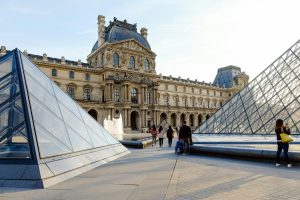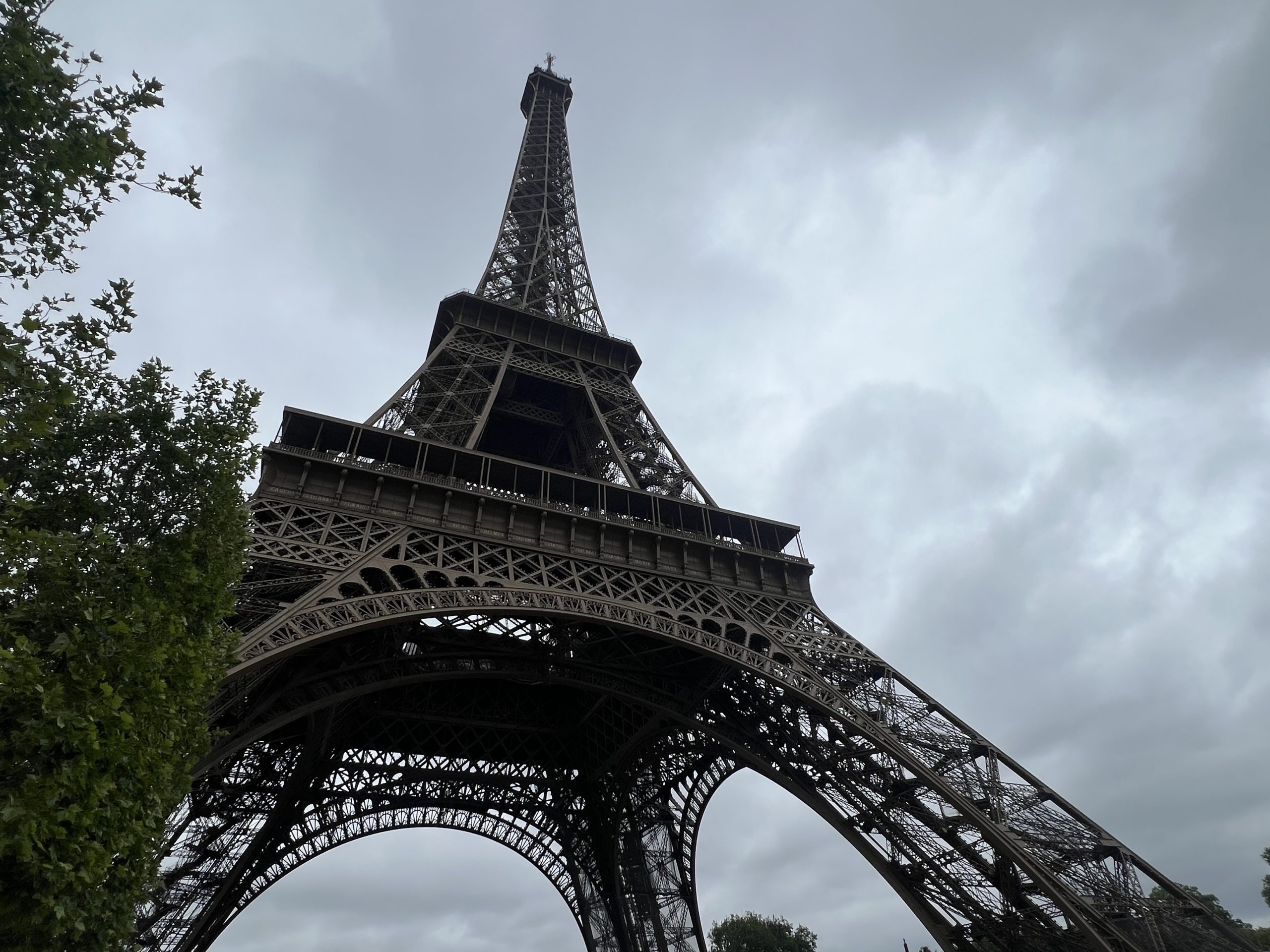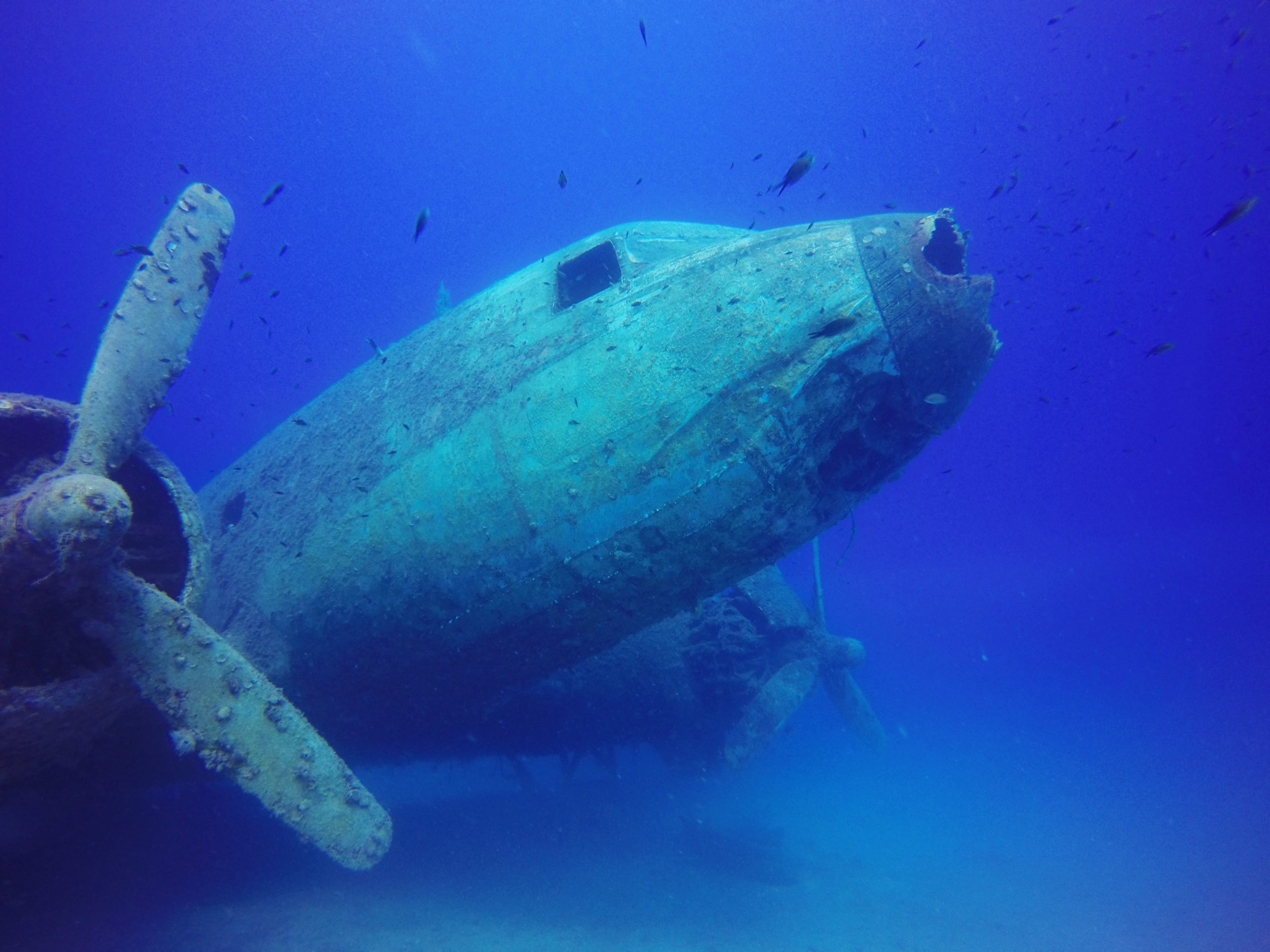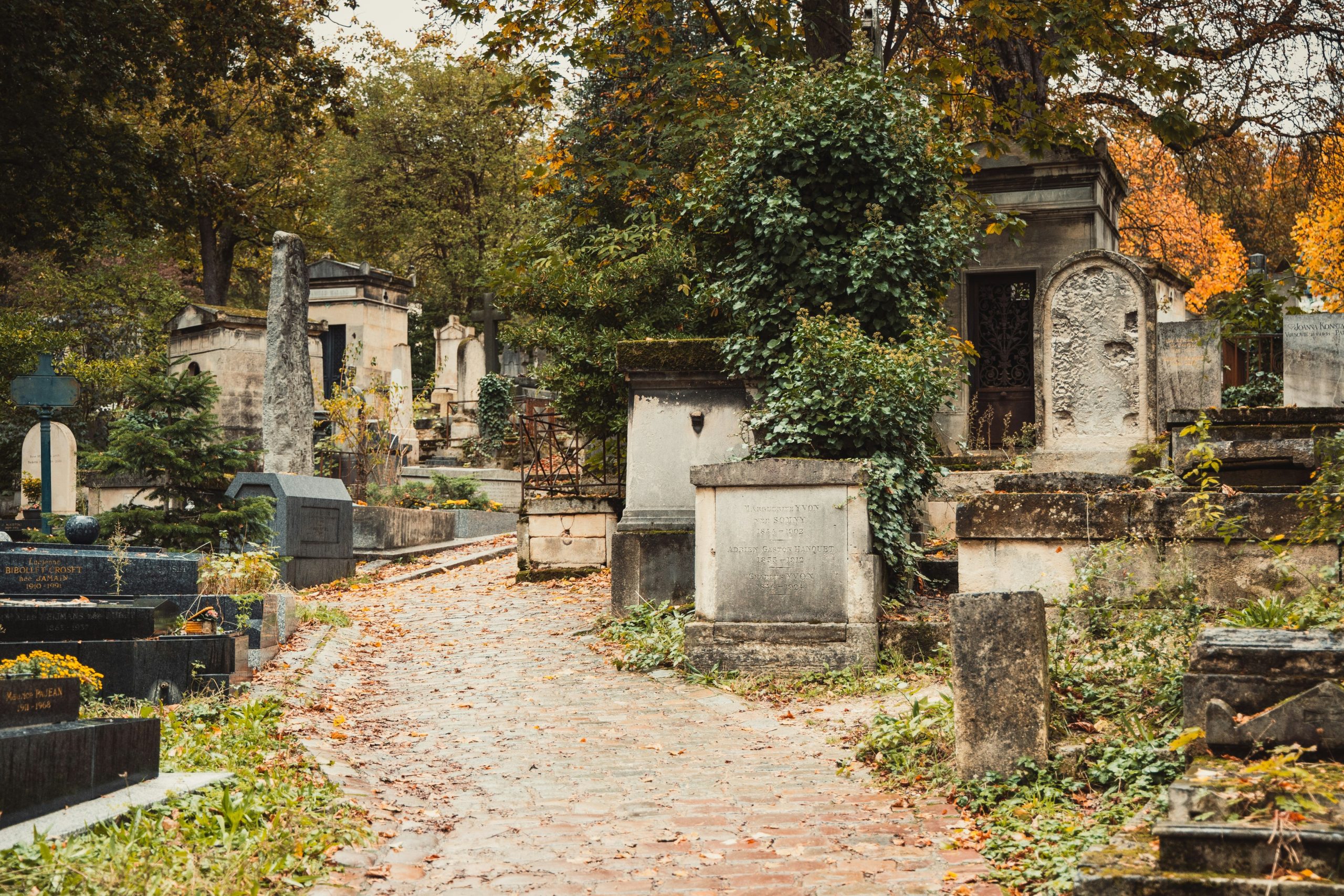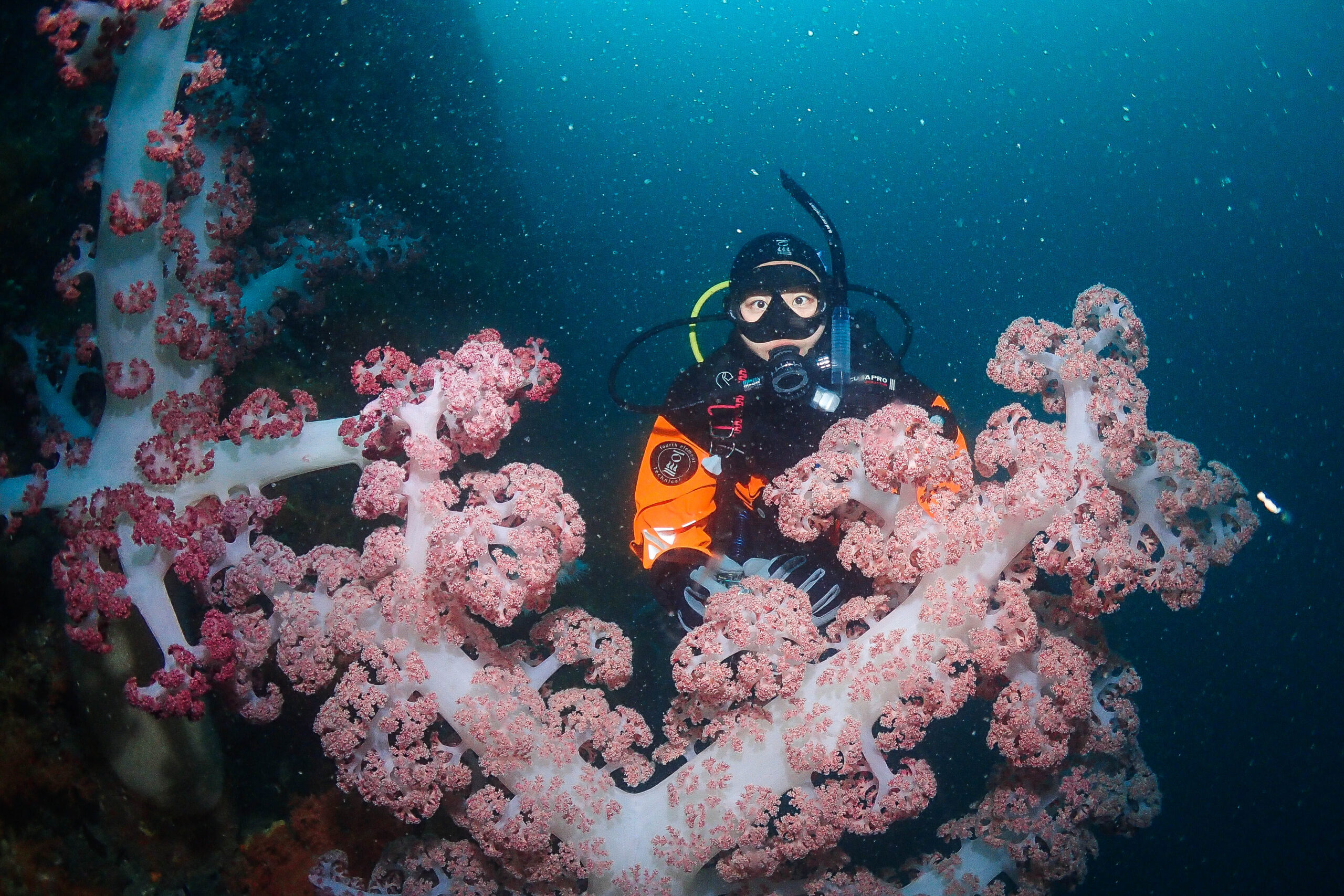Located in the heart of the Yucatan peninsula, Chichen Itza is a monument to the genius and glory of the Mayan civilization. It is a UNESCO World Heritage Site and one of the New 7 Wonders of the World.

An overcast, rainy and windy day in Cozumel. We had to cancel our dives because of the high waves hitting the shores of the dive center. From the outside, it is an unlucky day. Or so we think? While we thought we would have a calm day, all plans changed when our friend asked us on the phone if we wanted to go to Chichen Itza by private plane.


We went to the meeting point very quickly. Although the windy weather made me think a little bit, we arrived at the mainland after a 30-minute slightly rocky plane ride. From here we set off to Chichen Itza with the vehicle waiting for us. If you are going to come here, make sure to come early in the morning because it is very busy in the afternoons.


As soon as we entered the historical site, we suddenly found ourselves in an ancient Mayan city. Chichen Itza is a Mayan city thought to have been founded between 600 and 1200 AD. Due to its proximity to the cenotes and its strategic location, it quickly became one of the most important political and economic centers. What makes the city special is its architectural style, which is a mixture of Mayan and Toktec cultures.


To briefly talk about the Mayans, the Mayans are a Mesoamerican civilization known for their achievements in architecture, writing and astronomy. They lived in the area covering Mexico, Guatemala, Belize, Honduras and El Salvador. A civilization thought to date back to 2000 BC fell into decline between 250-900 AD. But the people of the region still identify themselves as descendants of the Mayans and still speak the languages spoken by the Mayans, such as Yucatec, K’iche and Kaqchikel. Today, they are careful to preserve the cultural heritage left by their ancestors as well as their language.


The largest building is El Castillo, also known as the Temple of Kukulcan. Standing in front of this structure was a really fascinating experience. But as our guide started to explain, we were mesmerized. There are 91 steps on each of the four sides of the pyramid. And together with the top platform it makes 365 steps. So this huge pyramid is actually a calendar.

Another structure is the playground or the ball field. It is 168m long and 70m wide and was originally used for a ceremonial ritual ball game. The walls depict the sacrifices made for the ritual.


I felt like I was on a movie set the whole time I was walking around the pyramids. If you haven’t seen the movie Apocalypto, I strongly recommend you to watch it. It is one of the enjoyable movies reflecting this period.

You may think that all the buildings here were built randomly. But according to our guide, the Mayans used their astronomical knowledge to plan the city. Because celestial events here are intertwined not only with science but also with religious rituals. They planned where to place the buildings according to the position of the sun and the seasons.

The significance of the cenotaphs being nearby is the sacrifices made to the Rain God. These sacrifices included human beings. This 60-meter wide cenote is said to contain hundreds of skeletons. The most known of these is Secret Cenote. It is generally thought that young girls and women were sacrificed in this cenote.


As the day came to an end, we set off for Cozumel the same way we had come. Cozumel was waiting for us with less wind and the sun showing its face. Apart from the sweet tiredness of the day, we had a lot of questions about the Mayans in our minds. There is so much to read and learn.

Today, Chichen Itza is a symbol of Mexico’s rich cultural heritage and a source of national pride. This ancient city, visited by thousands of people, is protected. But government conservation efforts are futile without our support. We must remember that the land we walk on is the heritage of humanity and we must treat it with respect and care.
See you in the next article

